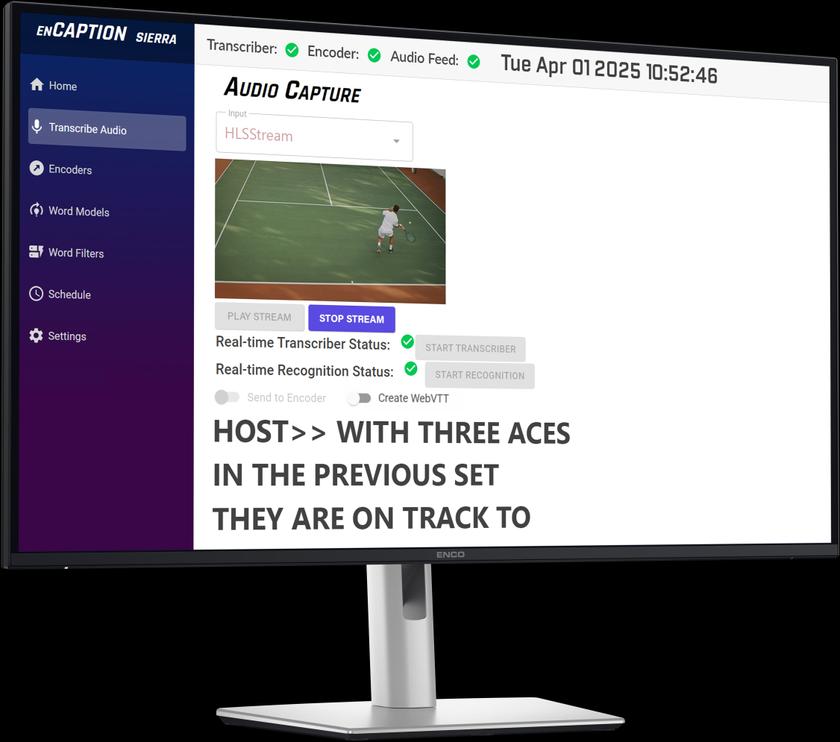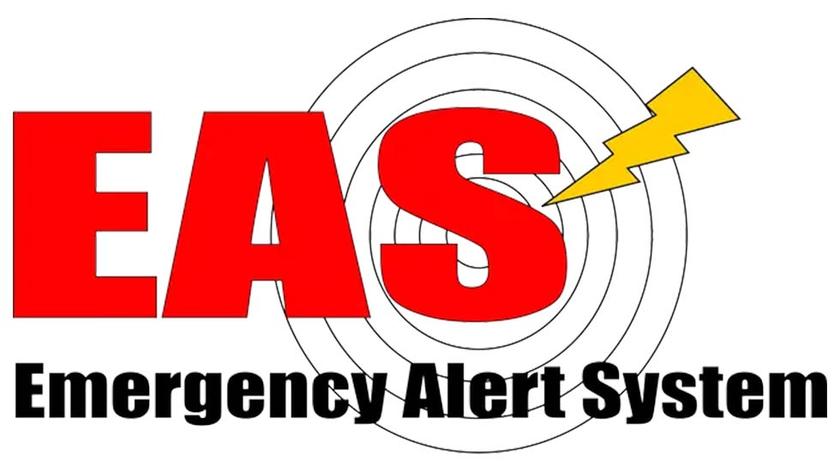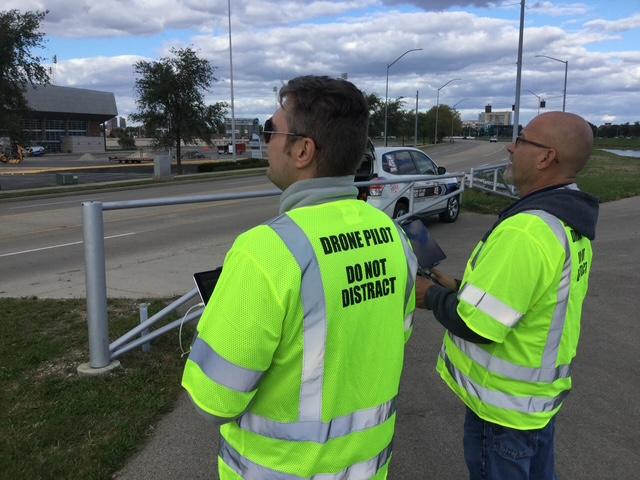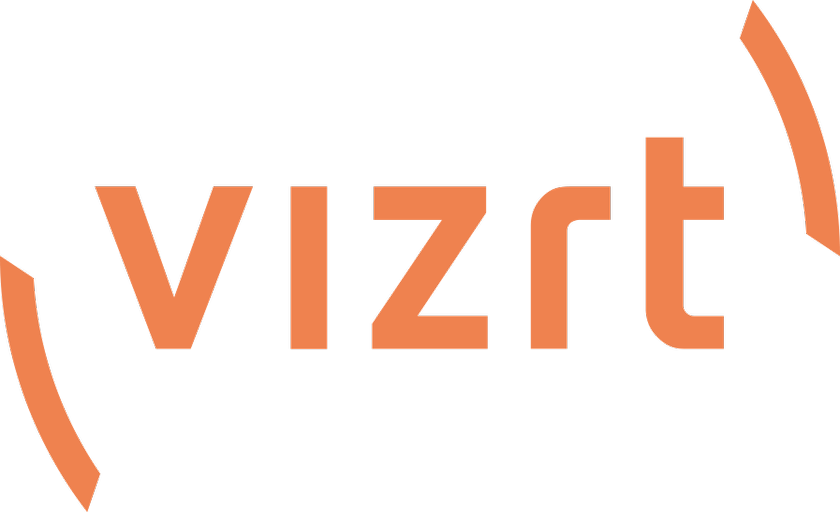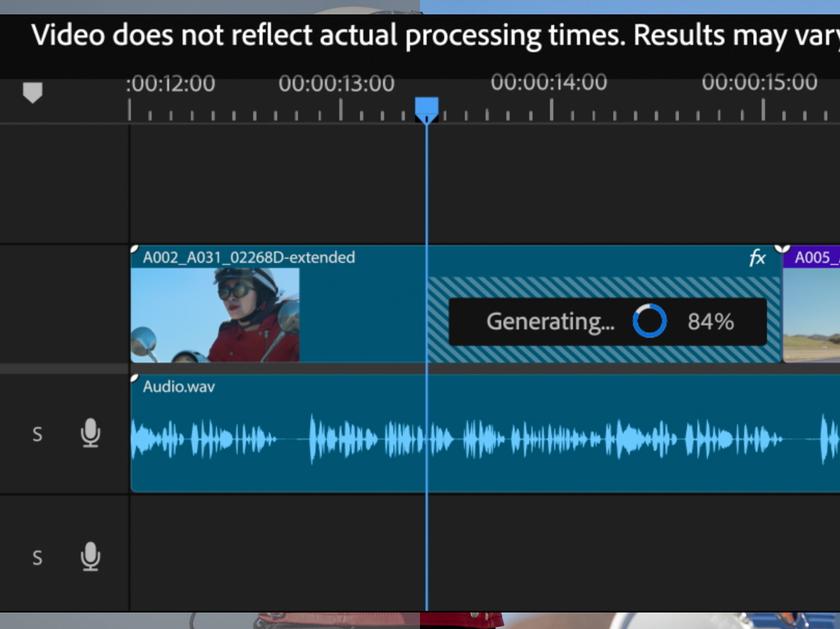Transition Prep Rate is at 350,000 Households Per Week
Roughly 5 percent of American homes aren’t ready for the digital transition, according to Nielsen. The metric mavens have been tracking readiness leading up to the original Feb. 17 DTV transition deadline, now 12 days away. As many as 5.8 million homes would have lost all TV reception were analog transmitters powered down Feb. 1. Two weeks ago--Jan.22--the figures was 6.5 million homes, meaning that about 700,000 households transitioned in that period of time. Preparation could mean hooking up a digital-to-analog converter box, buying a DTV or subscribing to pay TV.
The numbers were released the day after Congress passed a bill to extend the deadline by four months. Stations can shut down any time between Feb. 17 and June 12 under the bill, allowing them to consider over-the-air reliance in their markets. According to the latest Nielsen figures, Albuquerque, N.M. is the least-prepared community, with 12.6 percent of households there not ready for the transition. Albuquerque is the 44th largest television market in the country, with 689,120 TV households, and more than 53,000 of them relying exclusively on over-the-air TV. The Nielsen figures suggest around 6,700 homes in Albuquerque would have been affected.
Houston comes in second with nearly 10 percent of households not ready for the DTV transition. Over-the-air reliance is much higher in Houston, at around 22 percent of the market’s 2.1 million TV households. An immediate transition would leave more than 46,000 households TV-free in that market.
Demographically, African-American and Hispanic households are less prepared than those of white and Asian folks. Over-55s also tend to be more prepared than people 35 and younger.
At the current rate of conversion--around 350,000 per week--all households would theoretically be prepared by the new final date transition of June 12.
Get the TV Tech Newsletter
The professional video industry's #1 source for news, trends and product and tech information. Sign up below.


